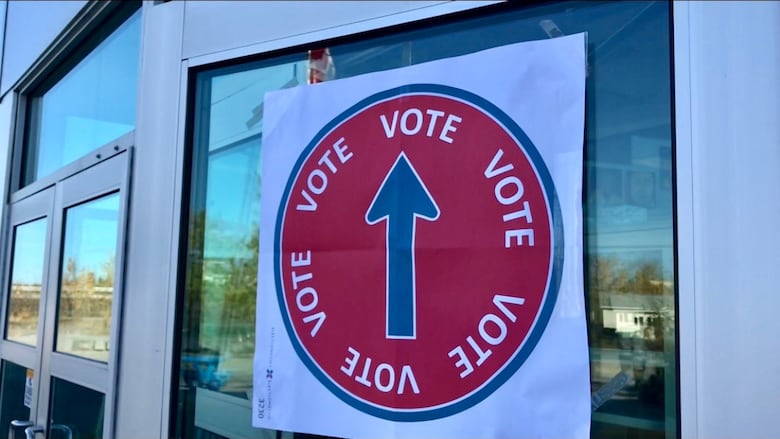How to vote in the 2023 N.W.T. election
The election was postponed 6 weeks due to wildfires forcing widespread evacuations

The Northwest Territories chief electoral officer issued writs of election on Monday, officially kicking off the 2023 territorial election campaign.
Because of widespread evacuations due to wildfires this summer, the general election was postponed six weeks to Nov. 14.
But people who can't or don't want to vote in person that day, have several other options for casting a ballot.
Here's what you need to know about voting in the 2023 N.W.T. election.
How to vote
Residents should get a voter information card in their mailbox in the next couple of weeks, said N.W.T.'s chief electoral officer Stephen Dunbar.
That card will have the name of their returning officer, the locations of their returning office and polling place, and the different ways they can vote.
Mobile polls are available for people who can't get to their polling station, said Dunbar.
"It could be a physical disability. It could be the fact that it is November in the Northwest Territories, so there could be a lot of snow and anyone with mobility challenges may have difficulty in getting to the polling place," he said.
"A mobile poll brings the ballot box to you."
People can vote at the office of the returning officer in their district or the returning offices where anyone can vote — in Yellowknife, Hay River, Fort Smith and Inuvik — from Oct. 24 to Nov. 11.
Those living in communities without a returning office can vote in an advanced poll on Nov. 7.
There are also two kinds of absentee ballots: the traditional mail-in ballot and an online ballot.
Elections NWT will send out ballots on Oct. 23 to people who sign up to vote by mail, said Dunbar. People can apply for a mail-in ballot now on Elections NWT's website.
Online voting
N.W.T. residents will again have the option of voting online this year.
Those who apply with Elections NWT to vote online will get an email login for a secure voting platform, said Dunbar, and they can cast their vote starting Oct. 24.
Online voting was first used in the N.W.T. in 2019, and the territory remains the only jurisdiction in Canada to offer it as a voting option in a territorial or provincial election.
Dunbar said people who sign up to vote online or by mail are automatically crossed off the voters list. He said this prevents them from voting for a second time in person.

Registering to vote
Registering to vote means getting your name on the voters list, said Dunbar. Getting on the list allows you to ask for an absentee ballot and makes voting a little bit smoother at your polling station.
But if you're not on the voters list — and you're eligible to vote — you can still cast your ballot on election day.
"You just have to swear an oath of elector and have some ID to prove your identity," said Dunbar. "If you have no ID, you can find someone who is on the list for your district and they can vouch for you."
Residents can check if they're on the voters list on Elections NWT's website.
People may be on the voters list, but listed incorrectly, if, for example, they moved or changed their name in the last four years. Residents can update their information on the agency's website up until the day before election day.
Prospective candidates
As of Monday morning, 36 people had told CBC of their intentions to run for a seat in the 20th Legislative Assembly. At least one person has announced in every riding.
Some MLA hopefuls announced early and had already begun campaigning on social media, but the general public will likely see signs going up on Monday.
Prospective candidates have from 10 a.m. on Monday until 2 p.m. on Friday to file nomination papers, and they have until 5 p.m. on Friday to withdraw from the race.
They need nominations from 15 people in their riding to submit papers, said Dunbar.
Elections NWT will have its final list of candidates posted at 5 p.m. on Friday.

